Port Radium and the atomic highway
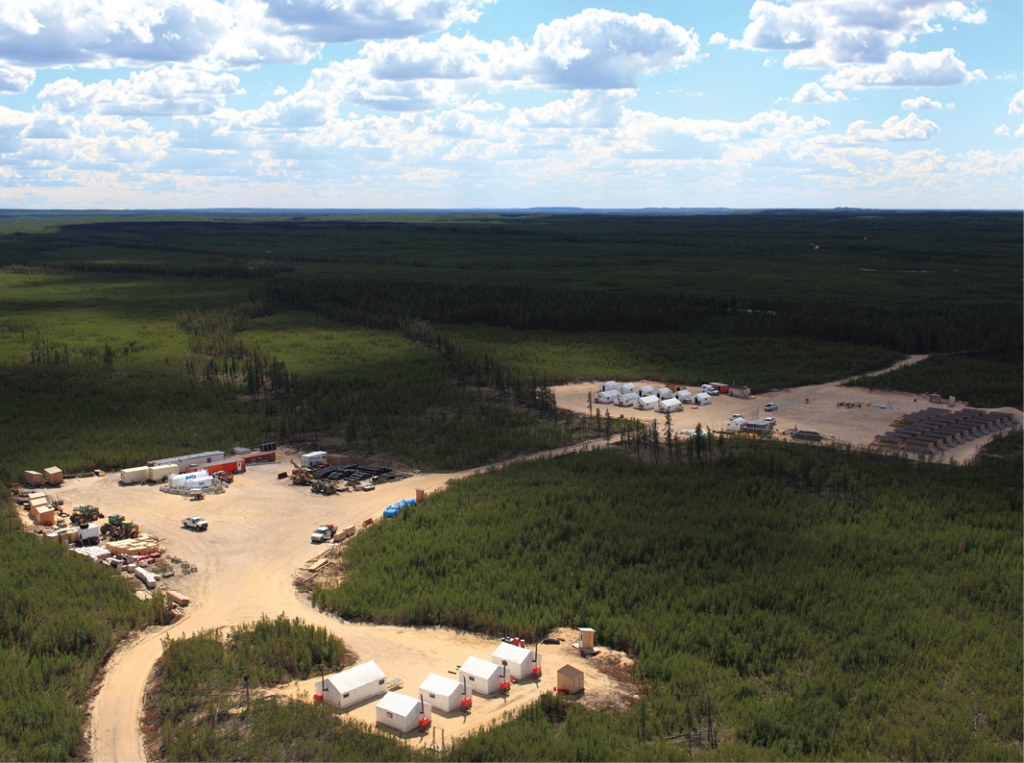
Gilbert LaBine is one of the most celebrated heroes in Canada’s mining history. He began his career prospecting around Cobalt, the Porcupine and Kirkland Lake, but his success was limited. Everything changed, however, when LaBine found pitchblende near Great Bear Lake in 1930, a discovery that cemented his legend as a plucky explorer, willing to brave the harshest northern environments to strike paydirt. LaBine created a company, Eldorado Mines, to develop extremely valuable radium mines at Cameron Bay (later re-named Port Radium). This first mining development in the Northwest Territories (NWT) created a huge amount of excitement within the government and the industry about the potential of mining north of the sixtieth parallel. The Port Radium development even attracted attention from the Group of Seven’s painter, A.Y. Jackson, in 1938, whose images of the mines celebrated the melding of technology and nature in the northern wilderness. In 1950, Labine’s other company — Gunnar Gold Mines — discovered a huge uranium deposit in northern Saskatchewan, launching what remains Canada’s most important uranium producing region. For helping usher Canada into the atomic age, LaBine was inducted into the Order of the British Empire, the Order of Canada, and the Canadian Mining Hall of Fame.
As with the Skookum Jim story (see November 2023 issue of the Canadian Mining Journal), the discovery narrative surrounding Gilbert LaBine takes on different colours when seen through an Indigenous lens. According to the Sahtú́ot’įnę (Sahtu Dene) of Délįnę, NWT, it was an Elder known simply as Beyonnie who found an unusual rock while camping near Port Radium. He showed it to a prospector, who then took it to Edmonton to show it to Labine. Only then did LaBine travel north to “discover” the pitchblende. In an interview with folklorist Sarah Gordon, Délįnę community member Dennis Kenny said Beyonnie was given only a sack of flour for his discovery, while LaBine became a rich man after staking his claim to the area around the pitchblende deposit. As with many mineral discovery narratives, Beyonnie’s absence from the story underscores his community’s exclusion from any role in the discovery of the mine and the financial benefits that flowed from the development.
George Blondin, a renowned Sahtú́ot’įnę elder has told another story about Port Radium. Long ago, the prophet Ayah (who died in 1920) was camping with a group of Sahtú́ot’įnę at the site that would become Port Radium. In the middle of the night, some of the group woke and noticed Ayah sitting and singing to himself. In the morning, Ayah told his companions he had a dream where white people were digging up rock from the ground and hauling it away. In the dream, Ayah followed the rock down the big rivers of the NWT and northern Alberta, all the way to the United States. Here, the rock was put in a long stick and loaded into a huge bird, which then flew over the Pacific Ocean and dropped its payload. The result was a huge fireball that killed thousands of people who looked like the Sahtú́ot’įnę.
Ayah was correct that the Port Radium mines would come to play an important role in the Manhattan Project. With the advent of World War II, LaBine’s radium mines, which had fallen on hard times, shifted to uranium production, and the Canadian government soon took control of the operation for strategic reasons. Although much of the uranium for the U.S. nuclear weapons research program came from the Belgian Congo, Port Radium provided a safe Northern American supply, shipped south by river and rail on the “Highway of the Atom” to Port Hope, Ont., for processing, and then on to Los Alamos in the New Mexico desert. Because of purity issues, it is unlikely Canadian uranium was used in the atomic bombs dropped on Hiroshima and Nagasaki, though almost certainly it was used in the many experiments and tests conducted as part of Robert Oppenheimer’s research program.
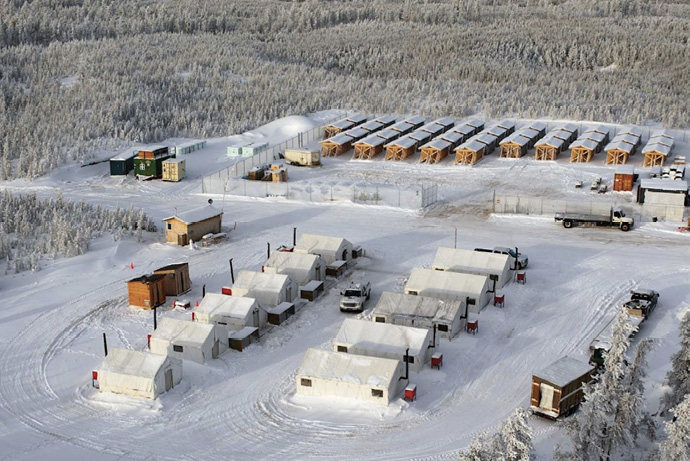
The Sahtú́ot’įnę played an important role in the production of Port Radium’s uranium, serving as ore carriers who loaded and unloaded barges that ferried the ore across Great Bear Lake and then along the big river systems to the south. Bella Modeste, Ayah’s Granddaughter, described her husband’s work this way:
“We did not go to Part Radium, but when the big boat transported bags of ore across the lake, my husband helped unload them at the NTCL’s (Northern Transportation Company Ltd.) camp. He also worked along the river at the Rapids, where they transported the ore bags off the barges. I never went with him when he worked there because I had a lot of children. I think he worked two or three summers. I know some of the ore bags they handled spilled nearly every day. Sometimes when he returned from work his clothes were covered with powder. He was the type of person who never really took time to think about the things that happened around him.”
Beginning in the 1980s, documentary films, news reports, and eventually a Sahtú́ot’įnę-produced oral history began to depict the community as a “village of widows,” owing to many cancer deaths among ore carriers. In 2005, a joint panel of the federal government and Délįnę representatives acknowledged some harm to the community, but ultimately downplayed the cancer risk, a conclusion that many in the community have disputed. The Sahtú́ot’įnę had hoped for an apology from the federal government following the release of the panel report, but none was forthcoming.
Nonetheless, the Sahtú́ot’įnę extended an apology for their role in the creation of the atomic bomb, even though they could not have known the purpose of the ore during top-secret early years of uranium production. In 1998, Délįnę sent a small delegation of community members, including George Blondin, to Hiroshima to express regret to survivors and attend commemorations of the 53rd anniversary of the atomic bombing of the city. This meeting of people from two endpoints of the atomic highway reminds us that the history of Port Radium encompasses much more than the legacy of one man.
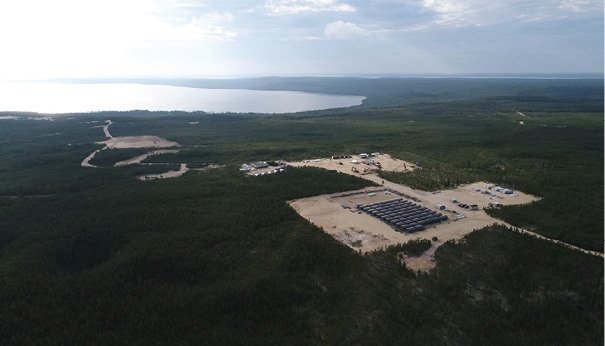
John Sandlos is a professor in the History Department at Memorial University of Newfoundland and the co-author (with Arn Keeling) of “Mining Country: A History of Canada’s Mines and Miners,” published by James Lorimer and Co. in 2021.
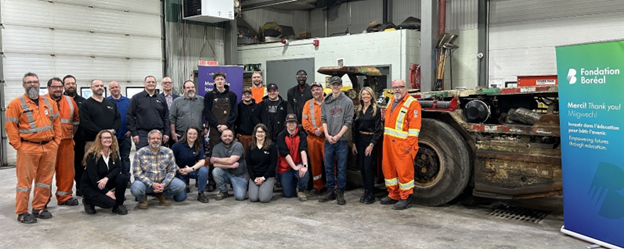
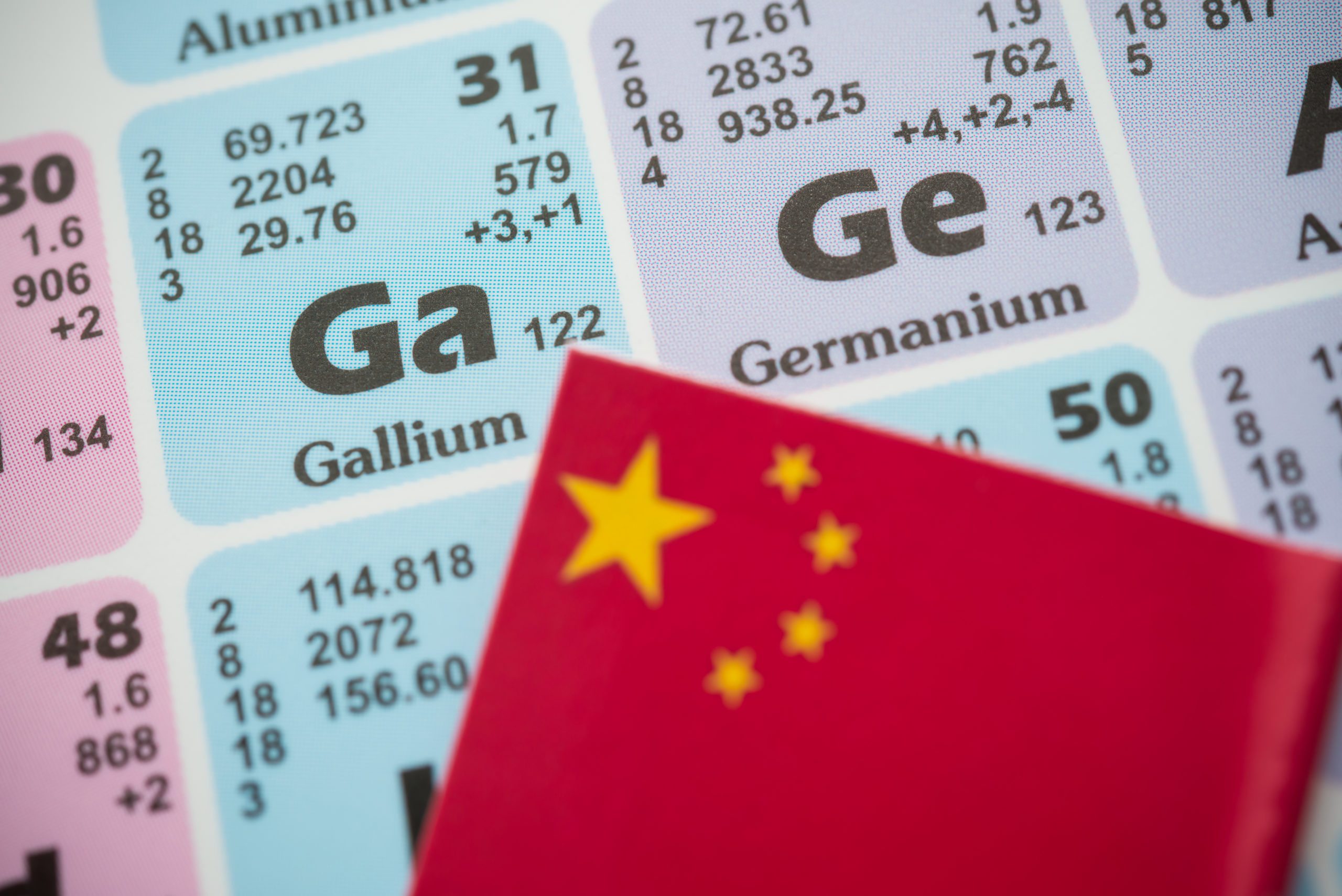

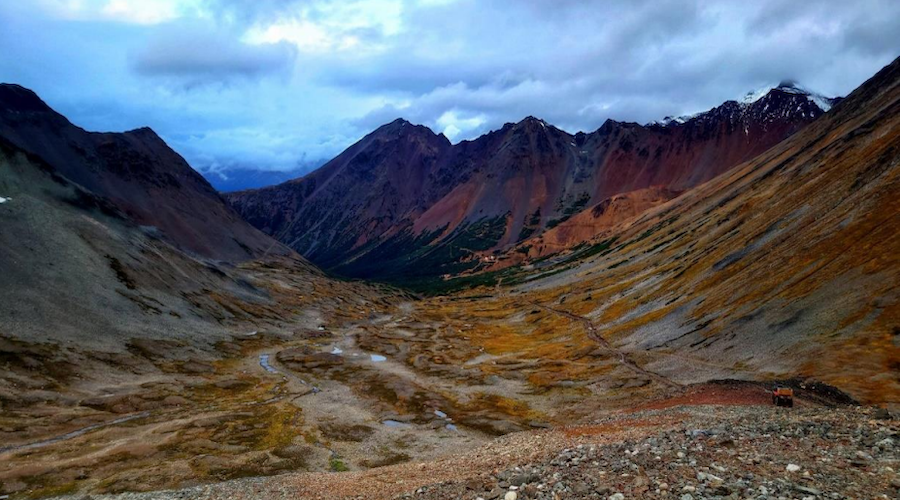

Comments